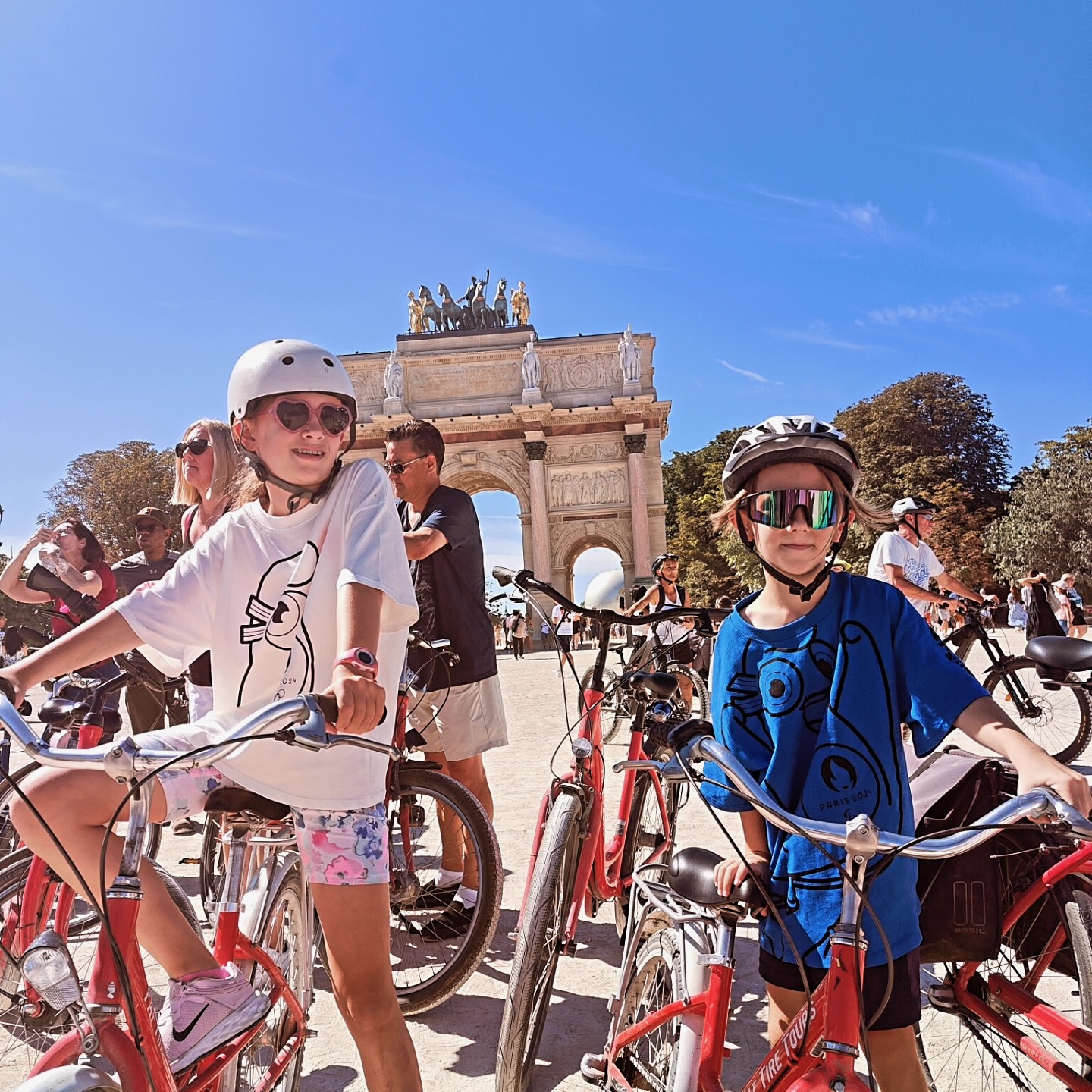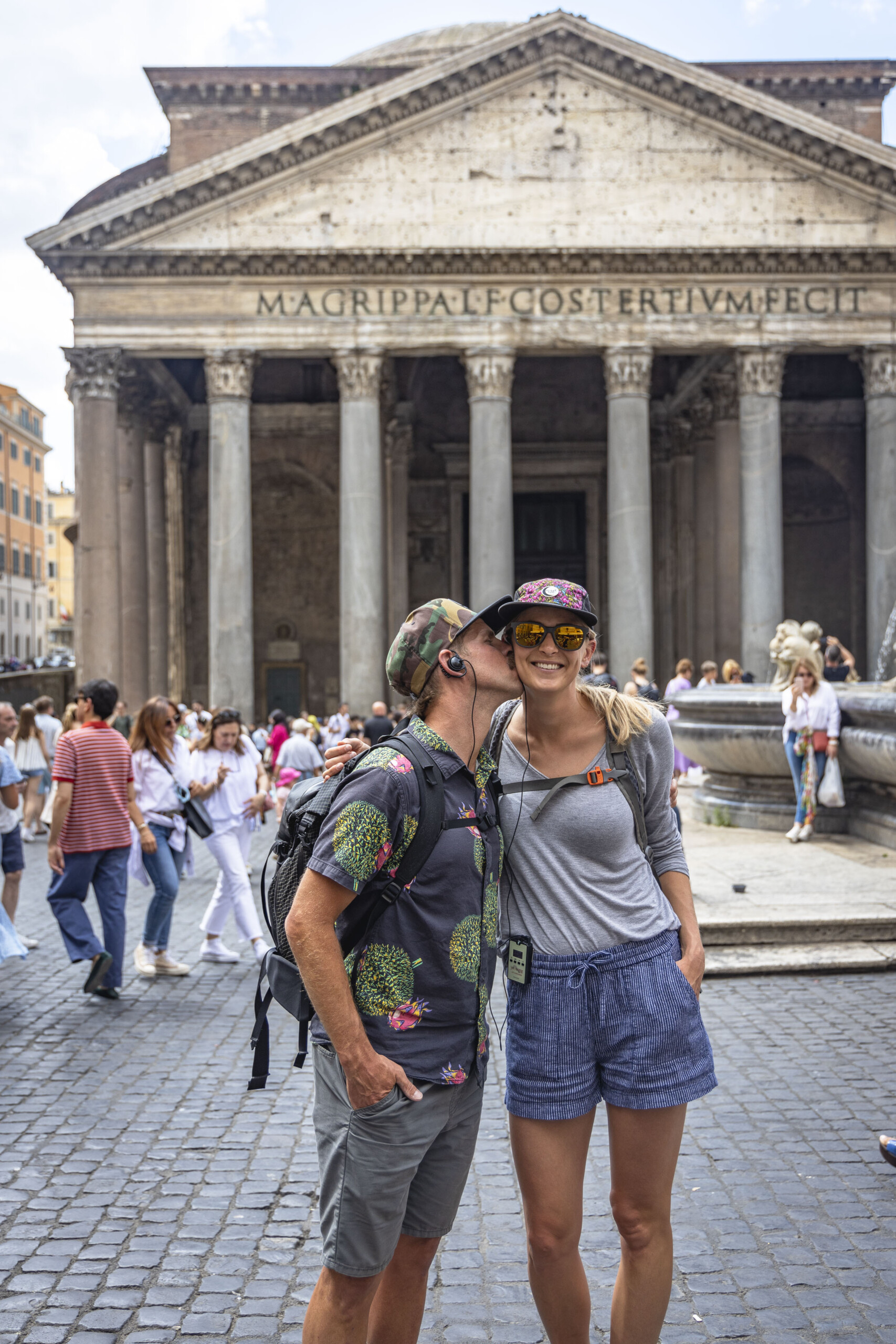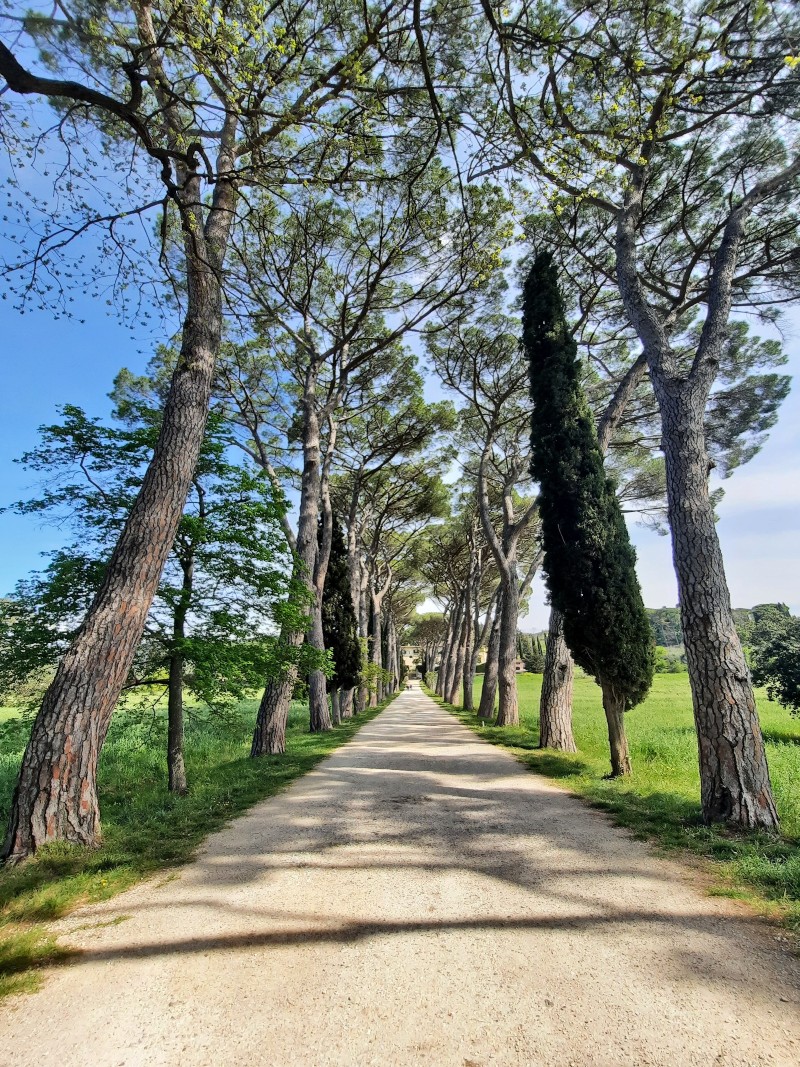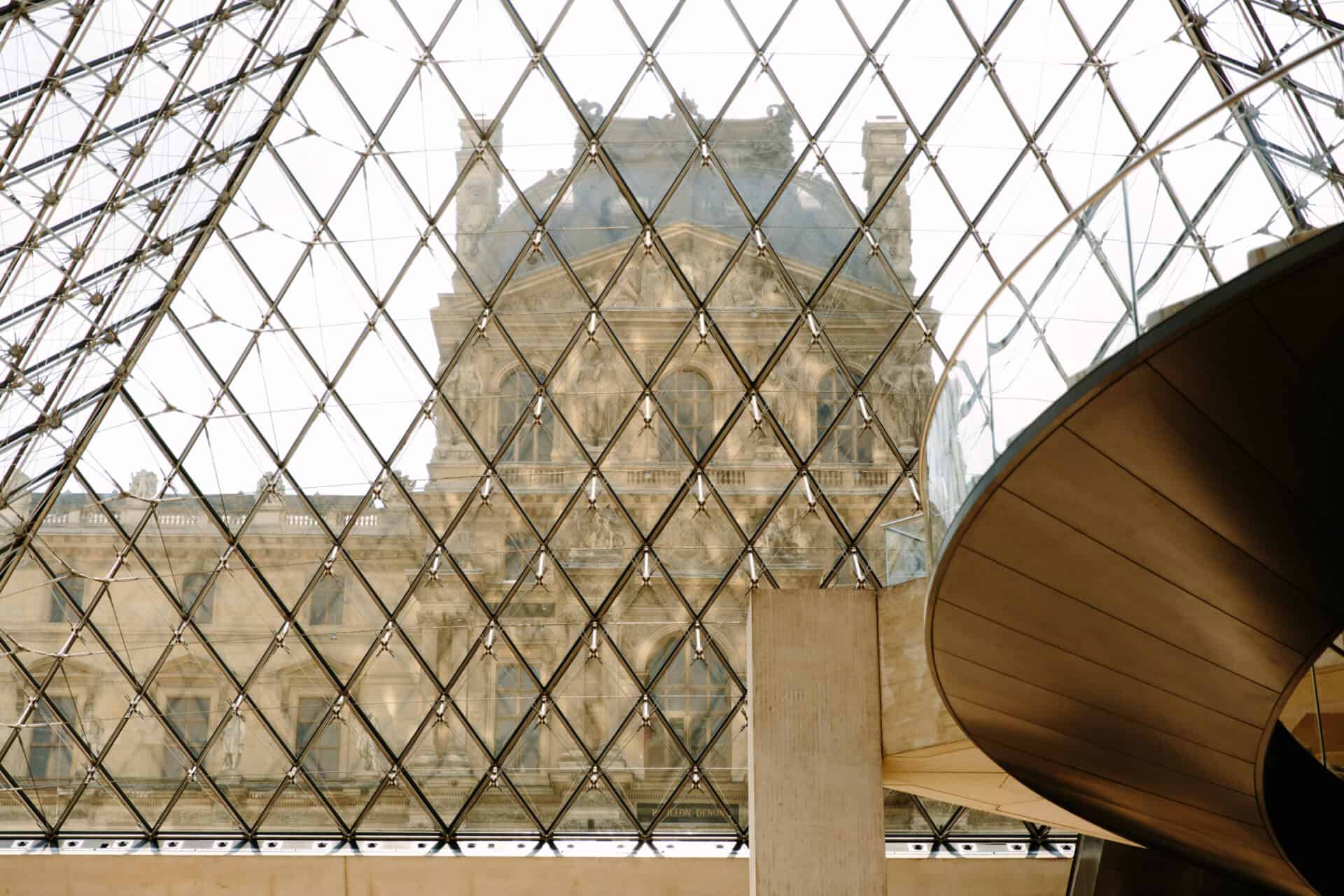
By Colette Davidson
If you’re visiting Paris, you’re probably checking out the Louvre Museum. Who hasn’t dreamt of seeing the Mona Lisa up close, or of taking a selfie in front of the glass pyramids? Of course there’s more to the Louvre than world-class artwork – there’s a whole history behind the museum that will create added depth to your visit.
In 1364, the structure was transformed and went on its way to becoming a magnificent royal residence, thanks to architect Raymond du Temple. A spiraling staircase took one up to a lovely public garden, while sculptures and tapestries filled the interior. The residence remained largely the same until 1527, when Francois I took over and renovated the site in a Renaissance style. The Grosse Tour was destroyed, creating an open, light-filled space, and Leonardo da Vinci’s Mona Lisa was acquired.
Over the next century, work on the Louvre continued steadily, with King Henry II and his sons taking over where Francois I left off. Plans were soon drawn up for the Tuileries palace and the Petite Galerie, of which only the latter saw fruition. When Louis XIII took power in 1624, the Louvre had lay dormant for ten years. He soon set to work on a “Grand Design,” and with architect Jacques Lemercier’s help, the striking Clock Pavillion was constructed. Work continued, with the demolition of the last remnants of the medieval Louvre, plus the building of private apartments within the Petite Galerie and two new pavilions.
In 1662 the Sun King, Louis XIV, started to get involved in the Louvre project, overseeing the reconstruction of the Petite Galerie after its destruction by fire one year before. Louis XIV commissioned Charles le Brun to create large ceiling paintings, depicting images of the sun. For the next 12 years, Louis XIV tried to get several building projects off the ground but most were left uncompleted. Then, in 1674, he left to Versailles and work on the space slowed even further.
But there was a light at the end of the tunnel. By the mid-18th century, there was an increased push for the Louvre to be used as a public gallery and in October 1750, 96 pieces from the royal collection were put on display. But despite several proposals, the museum still wasn’t complete. It wasn’t until the French Revolution that the space was turned into a public museum. On August 10, 1793, the museum officially opened its doors.
Over the next few centuries, the Louvre accumulated valuable works from around the world, including Egyptian antiquities, Greek sculptures and Islamic art. In 1988, the now-famous glass pyramids were inaugurated – the creation of architect I. M. Pei. Now, the Louvre Museum displays around 35,000 works of art, spanning from pre-history to the 21st century.
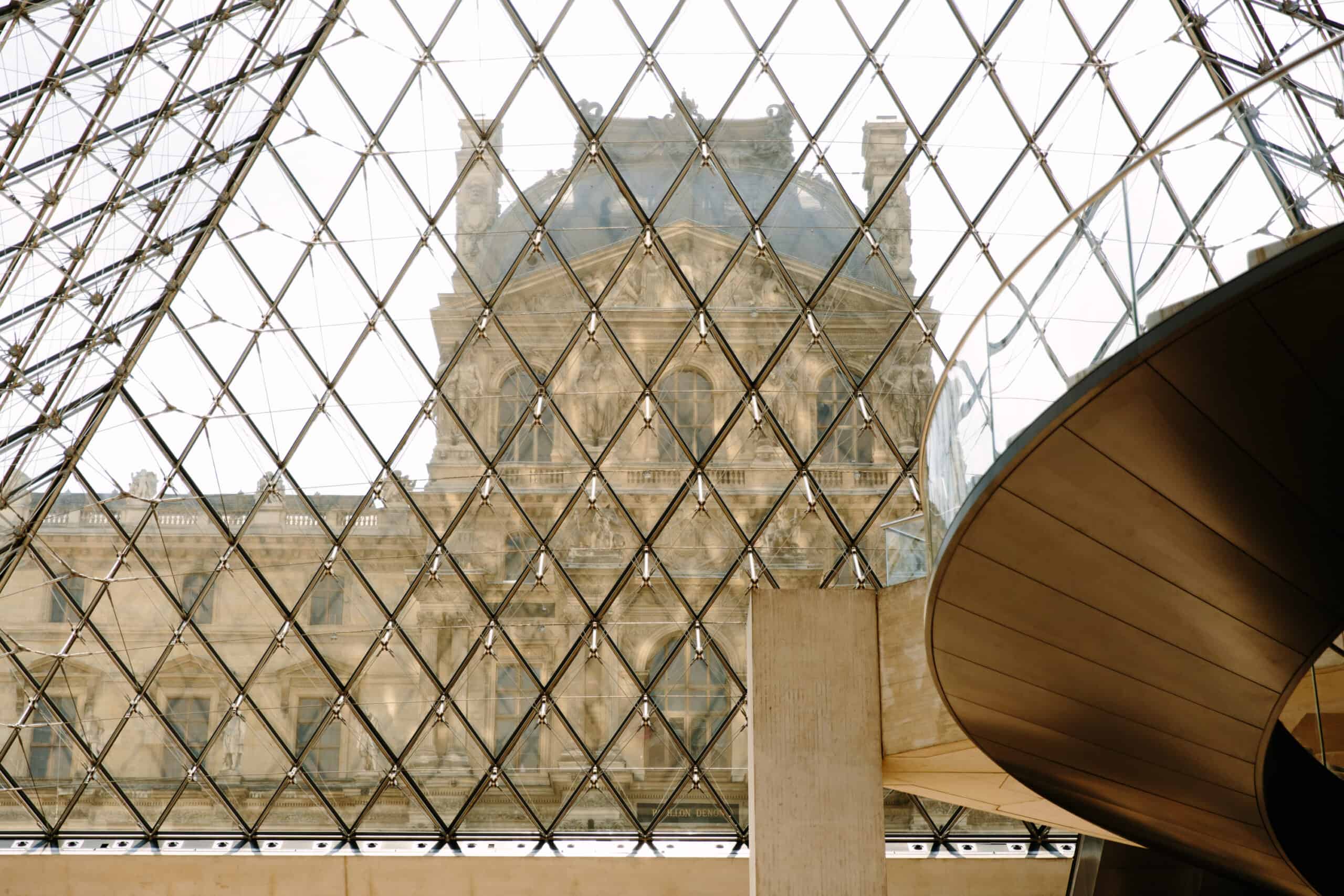
Beat the crowds and join our Skip the Line – Louvre Tour!
